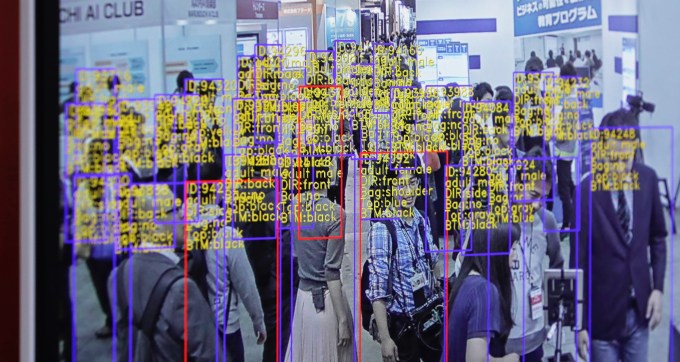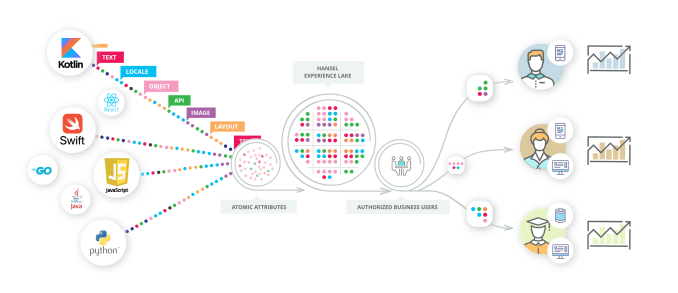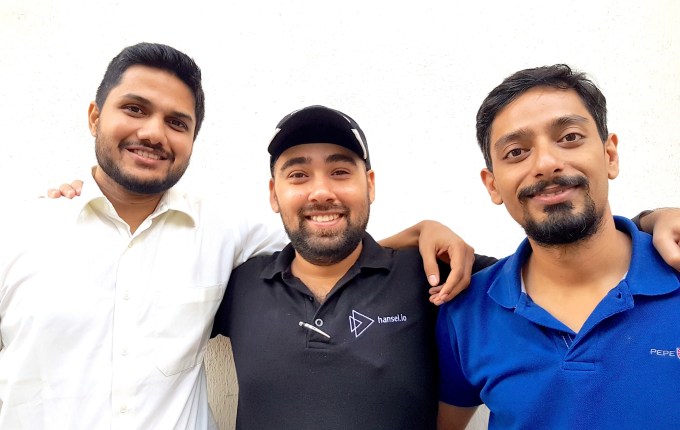Amazon today is continuing to make good on its Whole Foods acquisition by introducing a new grocery pickup service at select Whole Foods locations in the U.S. The service, which is available only to Prime members, will initially be available at stores in Sacramento and Virginia Beach, but will expand to more cities through the year. Customers will be able to place their orders using Amazon’s Prime Now app or on the web via PrimeNow.com, then pick up in as little as 30 minutes, Amazon says.
Customers will be able to shop Whole Foods’ fresh and organic produce, bakery, dairy, meat and seafood, floral, and other staples, then pick up their order in an hour from their local Whole Foods Market.
This is the same selection of the thousands of items that customers can order for delivery. The majority of in-store items are available across both pickup and delivery services, we understand.
For orders over $35, the grocery pickup service is free. Under $35, the pickup fee is $1.99.
If customers want to get their order more quickly, they have the option of pay an additional $4.99 for a 30-minute pickup instead.
Once they arrive at the store, customers will park in a designated spot and a Prime Now shopper will then bring the groceries out to their car – the customer can stay in their vehicle. The Prime Now app also has a feature that lets the customer alert the store they’re on the way, so the order will be sure to be ready when they arrive.
The pickup service, like Whole Foods delivery, will be offered from 8 AM to 10 PM.
“Pickup from Whole Foods Market is a perfect option for customers who want to grab healthy and organic groceries at their convenience, all without leaving their car,” said Stephenie Landry, Worldwide Vice President of Prime Now, AmazonFresh and Amazon Restaurants, in a statement about the launch.
Amazon already offers grocery delivery from Whole Foods Market across dozens of cities, but this is the first time it has offered grocery pickup.
The move is a direct challenge to rival Walmart, which has been steadily rolling out a grocery pickup service of its own for years. Today, that service is available at 1,800 Walmart locations in the U.S., with plans to reach 2,200 by year-end, Walmart confirmed to us.
Walmart’s grocery pickup service offers shoppers the same general value proposition as Amazon’s. That is, you can shop online for your groceries, drive to the store, then have someone bring them out to you. Walmart’s service has been especially well-received by parents with small children, who don’t like the hassle of bringing them into the store for grocery shopping, as well as by others who just don’t have a lot of time to grocery shop.
The service has made sense for Walmart’s more value-minded customers, too. With grocery pickup, shopping can be more affordable because there’s not the overhead of running a delivery service – as with Instacart and Target-owned Shipt, where it’s costlier to use the app than to shop yourself. (Plus, you have to tip).
In addition to not marking up the grocery prices, Amazon notes that Prime members can also receive the same 10 percent off sale items they would otherwise get if shopping in the store, and they’ll enjoy the deeper discounts on select items. These savings are available in-store, or when using grocery pickup or delivery.
Alongside this launch, Amazon is also adding a new way to use Alexa for voice shopping from Whole Foods.
Prime members in supported regions can add Whole Foods Market groceries to their Prime Now cart with simple voice commands. For example: “Alexa, add eggs to my Whole Foods cart.”
Alexa will pick the best available match for your request, considering users’ order history and purchasing behavior of other customers when it adds an item to the cart.
But customers will review these cart additions when they go online later to complete their order and checkout. It’s easy to swap the item in the cart for another one at that time.
A report released this week by The Information claimed that few Alexa owners were actively voice shopping using their Alexa devices, but this data seemed to overlook Alexa’s list-making capabilities. That is, people are more likely using Alexa to add items to an in-app shopping list, which they later revisit when they’re back on their phone or computer to complete the purchase. This behavior feels more natural, as shopping often requires a visual confirmation of the product being ordered and its current pricing.
It’s not surprising that people aren’t using Alexa to transact directly through the voice platform, but it is a bit far-fetched to claim that Alexa isn’t providing a lift to Amazon’s bottom line. In addition to list-making, Alexa also helps to upsell customers on Prime memberships, and its other subscription services, including Prime Music Unlimited, the number 3 music service behind Spotify and Apple Music, as well as Audible subscriptions.
Plus, Alexa controls the smart home, and Amazon has acquired smart home device makers and sells its own smart home hardware. It also offers installation services. Those sales, like music or audiobooks, also aren’t directly flowing through Alexa, but Alexa’s existence helps to boost them.
Amazon’s new Whole Foods/Alexa integration will also capitalize on the more common behavior of list-making, rather than direct check out and purchase.
Amazon declined to say which other markets would receive Whole Foods grocery pickup next, how many it expects to support by year-end, or what factors it’s considering as to where to roll out next. It would only say that it will reach more customers this year.
However, as the grocery pickup and delivery services expand, customers can find out if it’s arrived in their area by saying, “Alexa, shop Whole Foods Market.”


 (@CaracasNews24)
(@CaracasNews24) 




